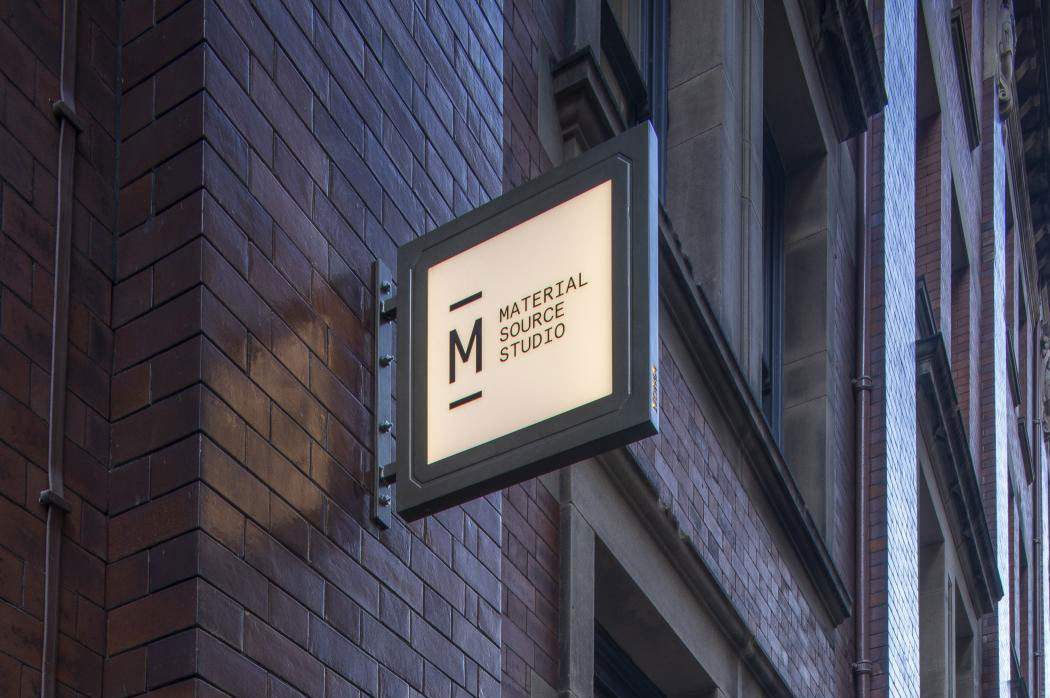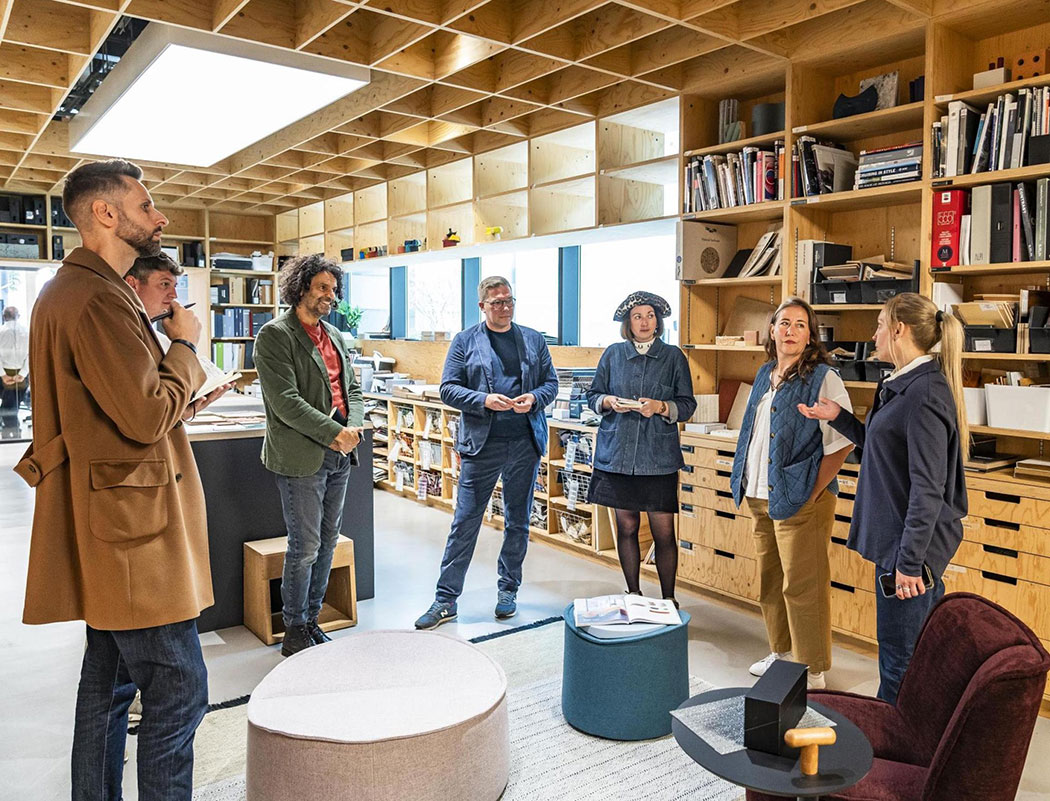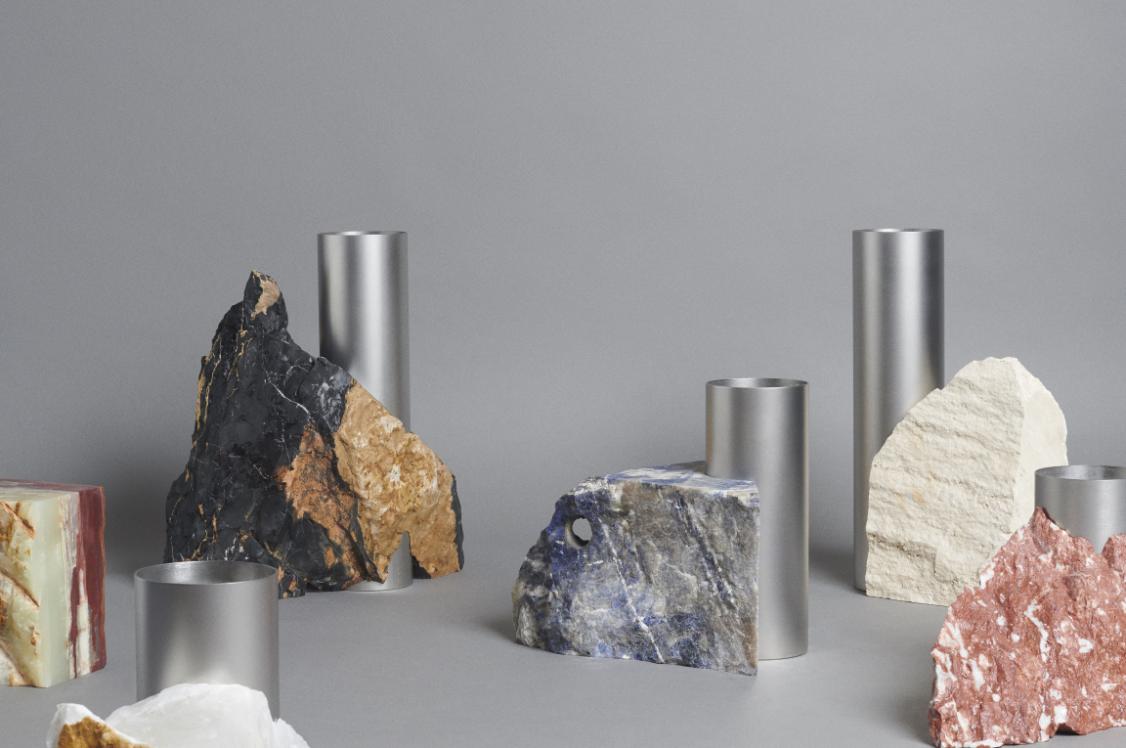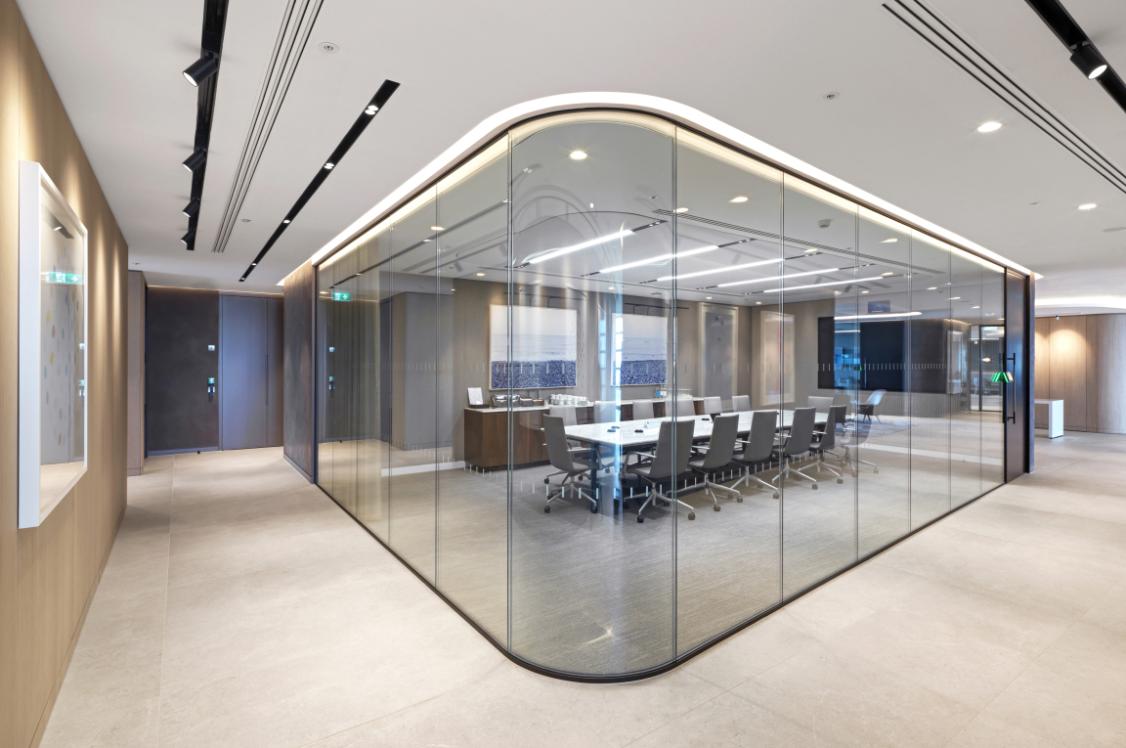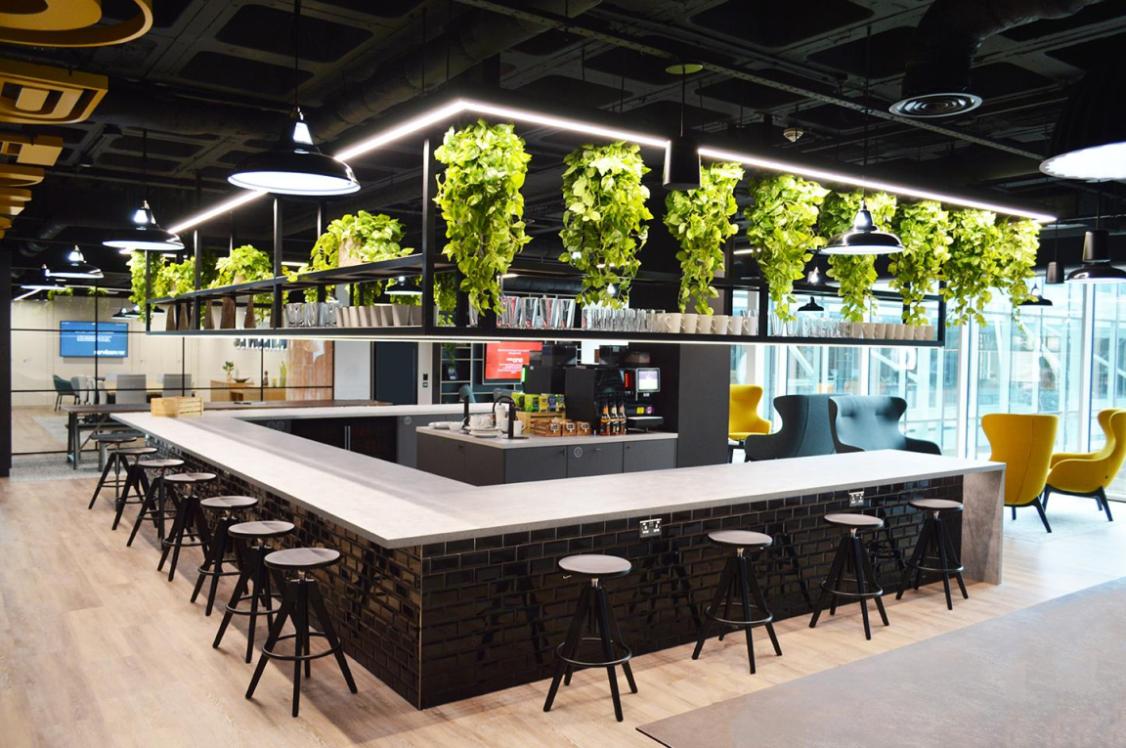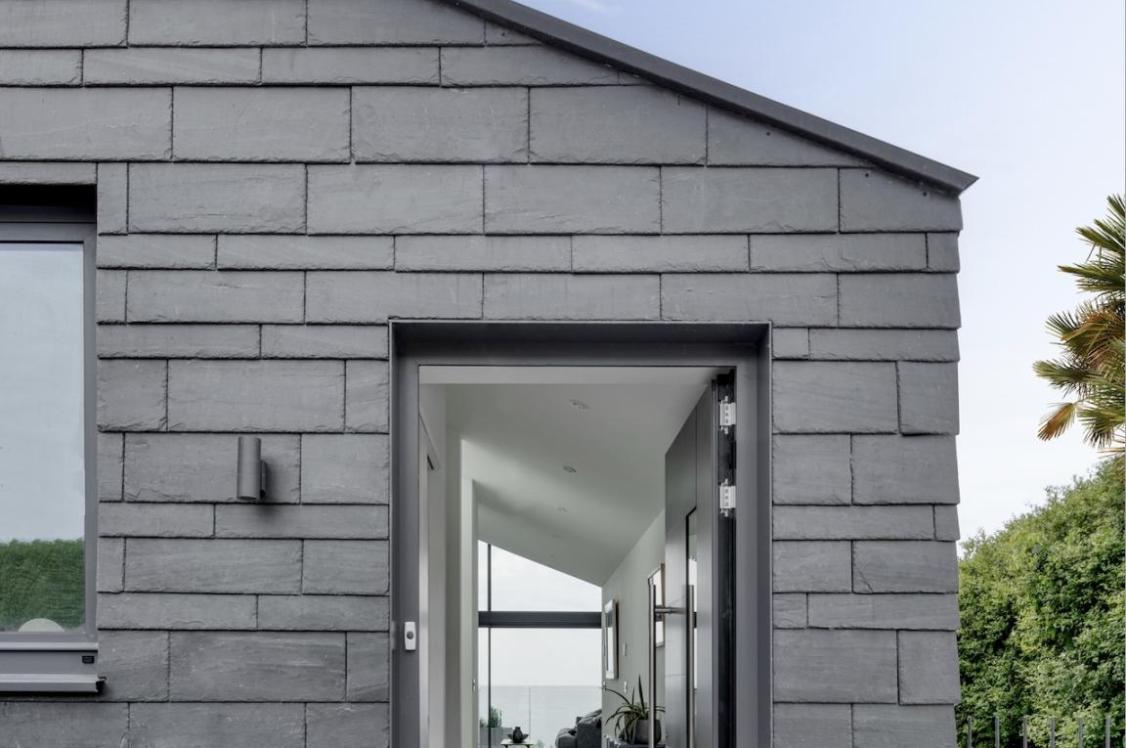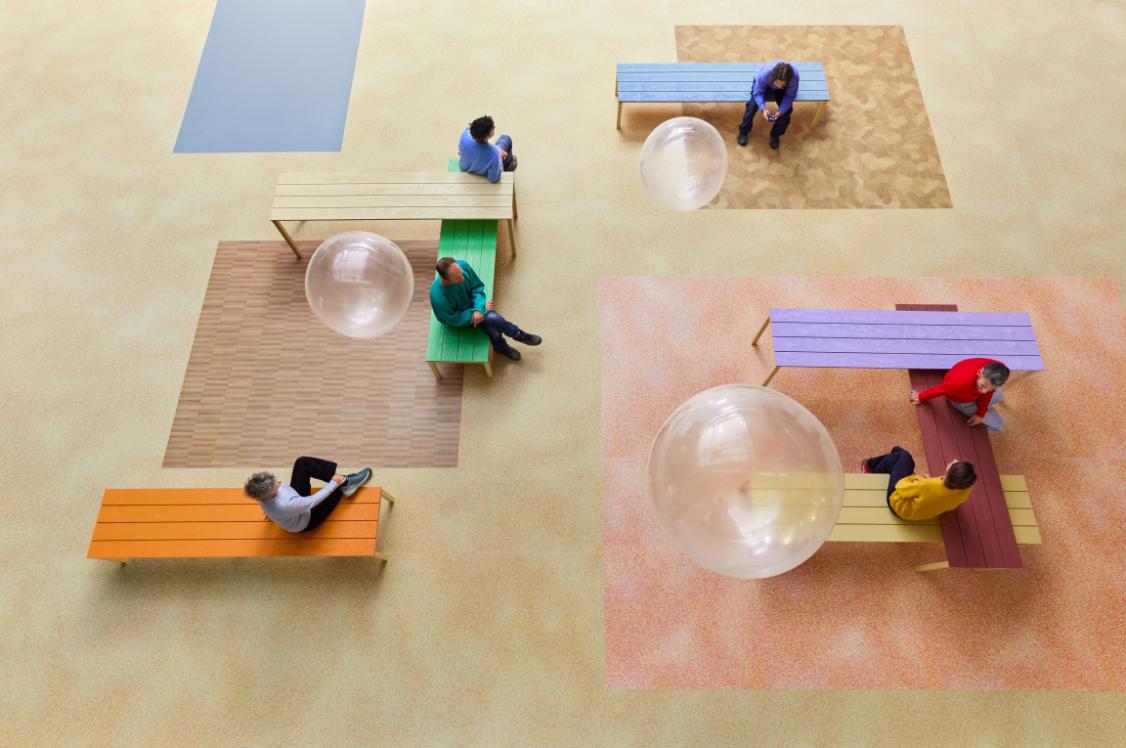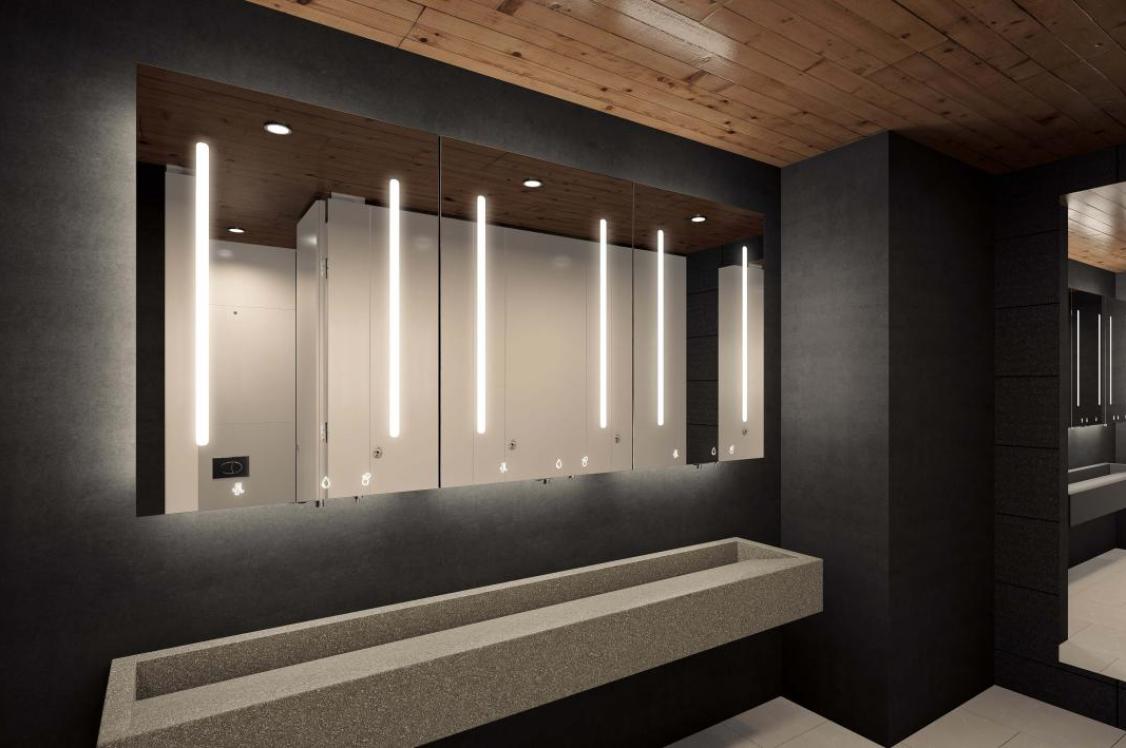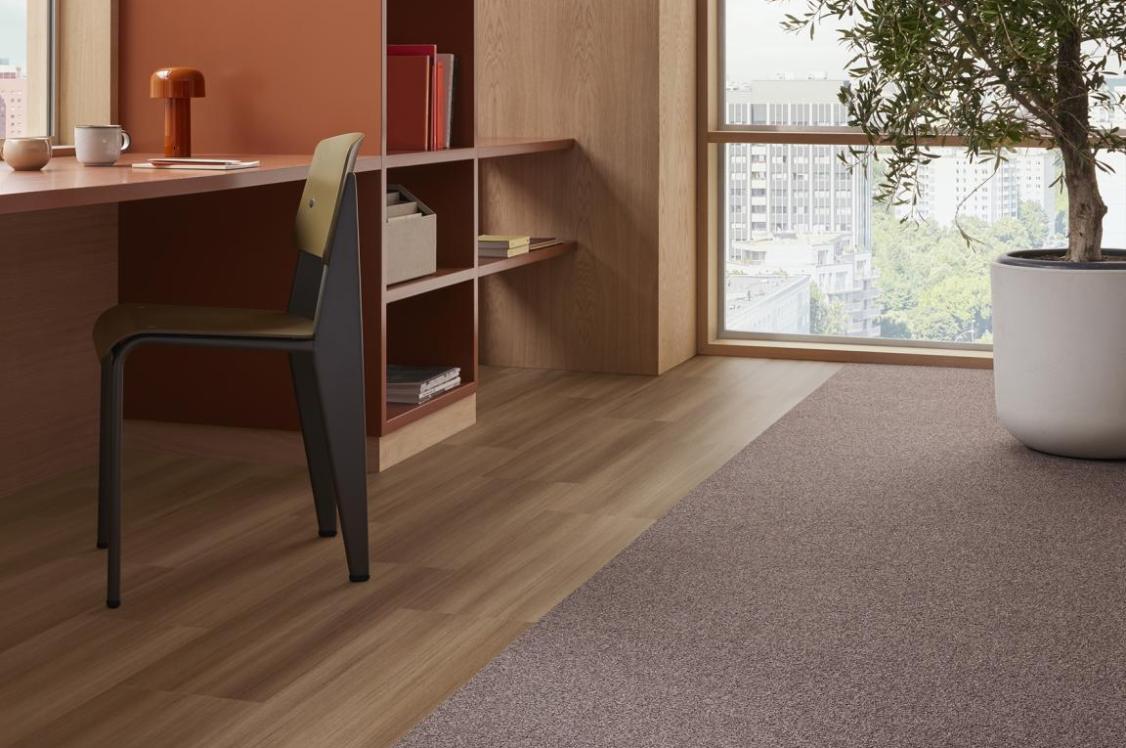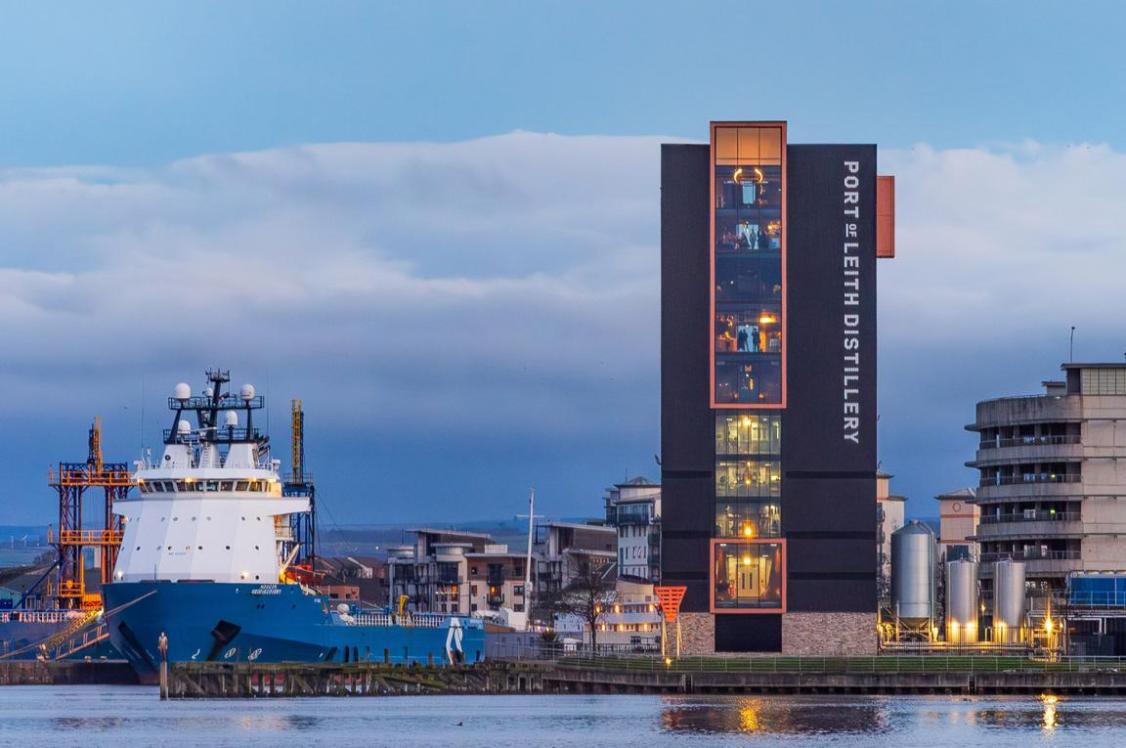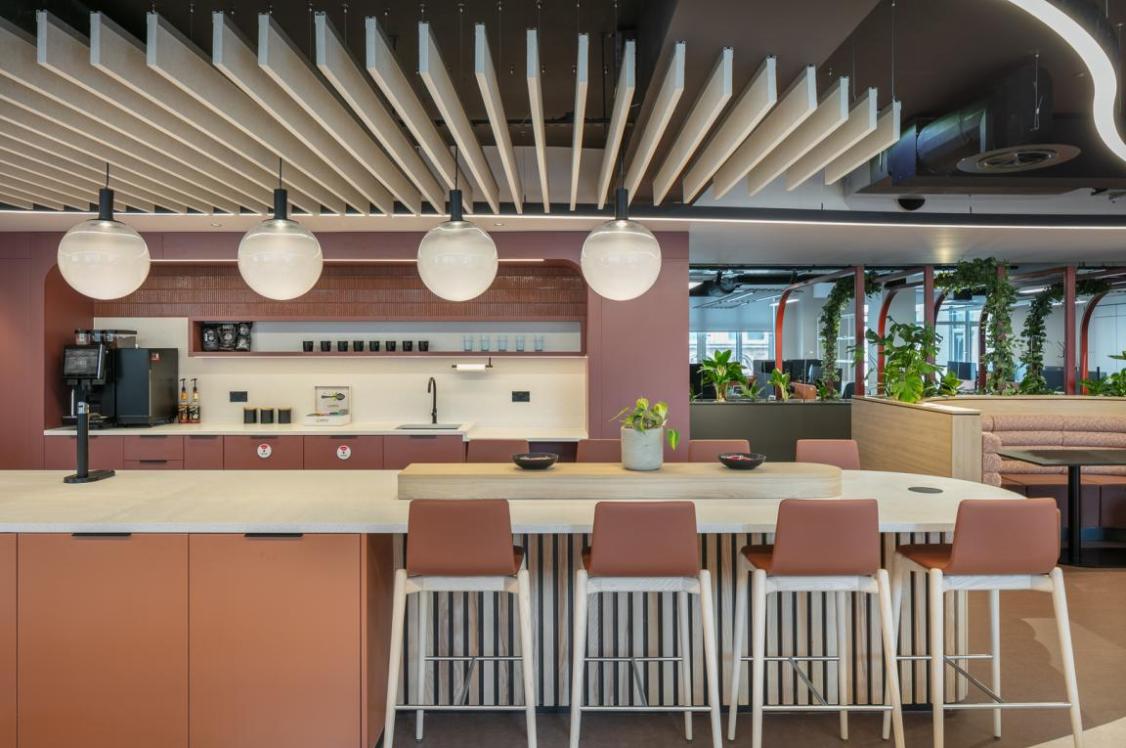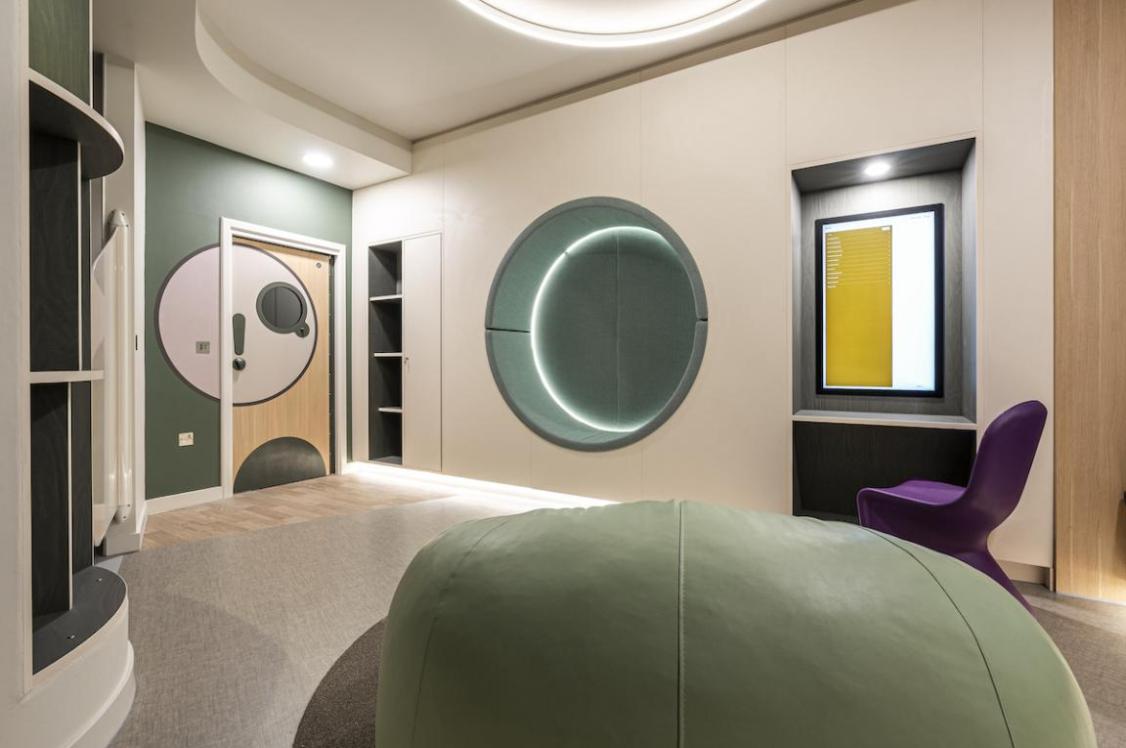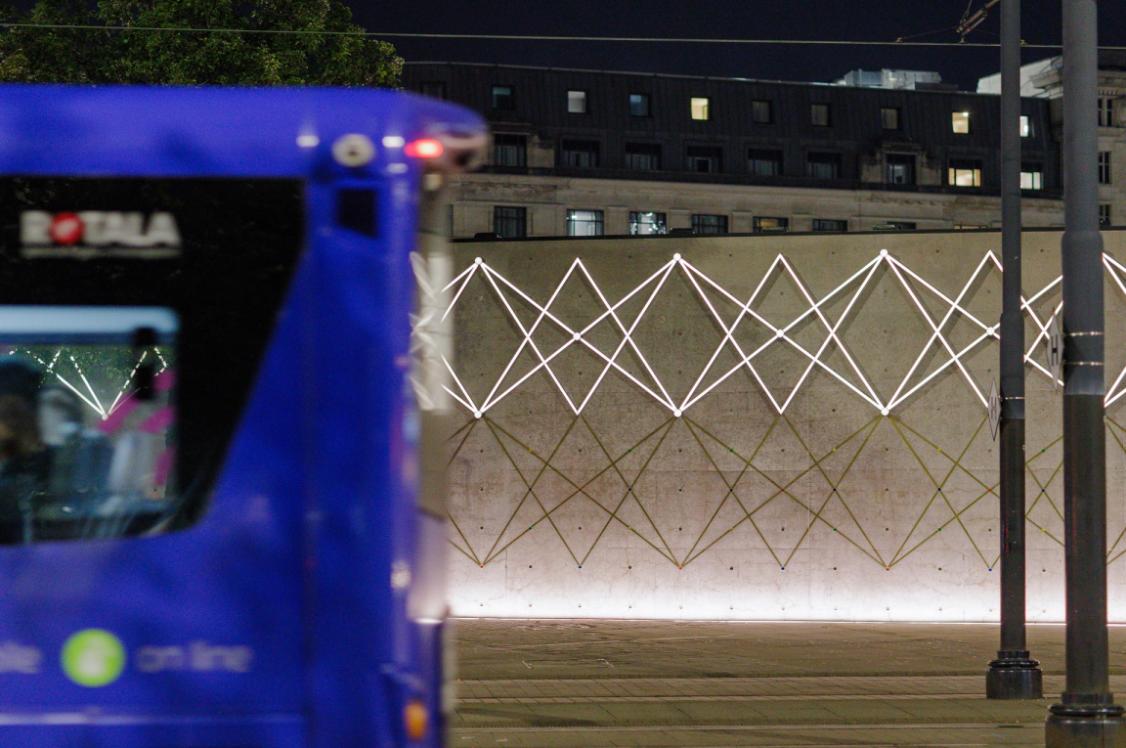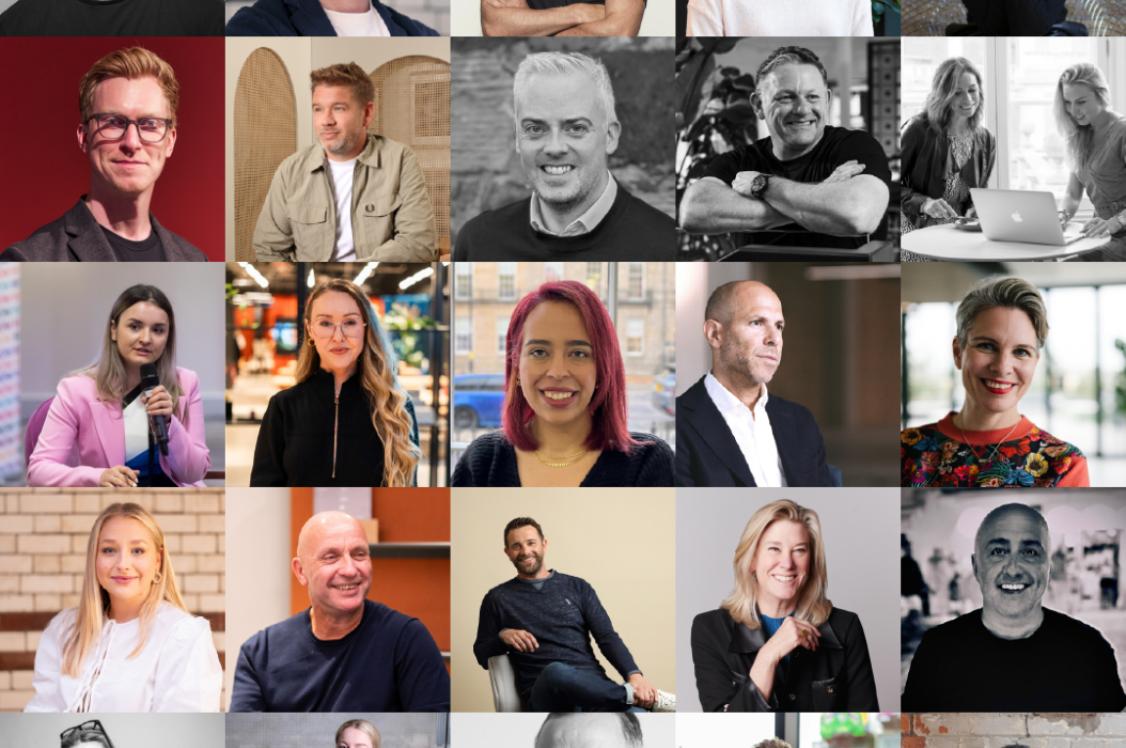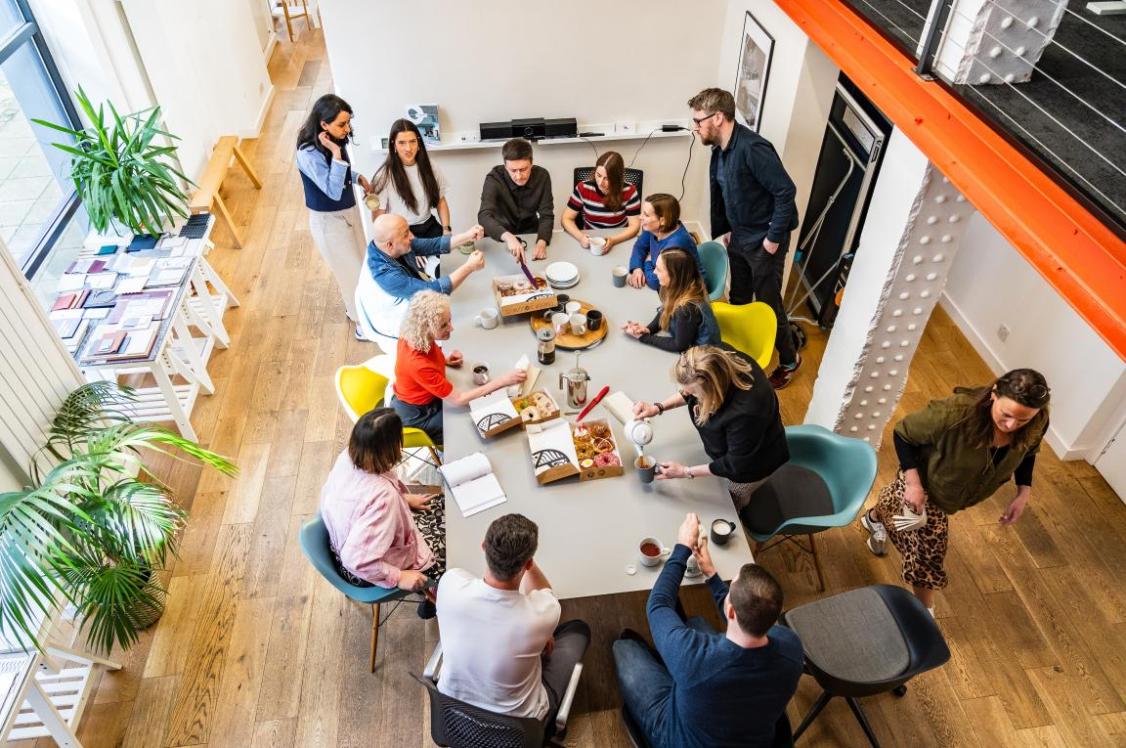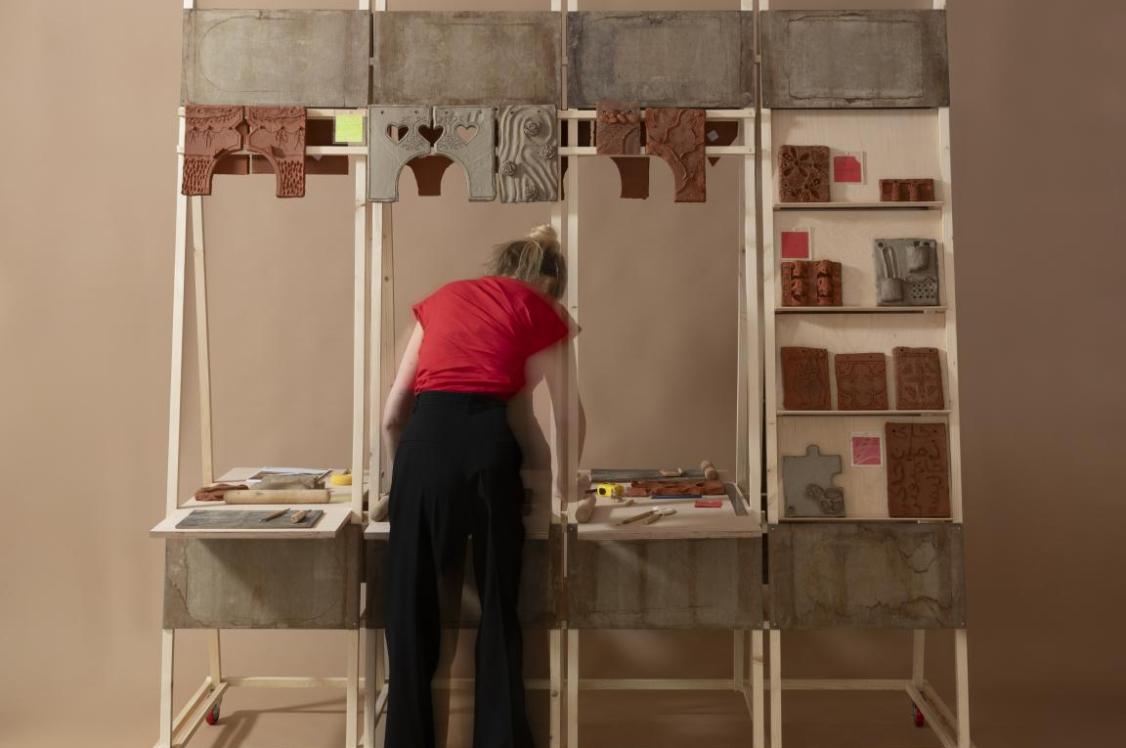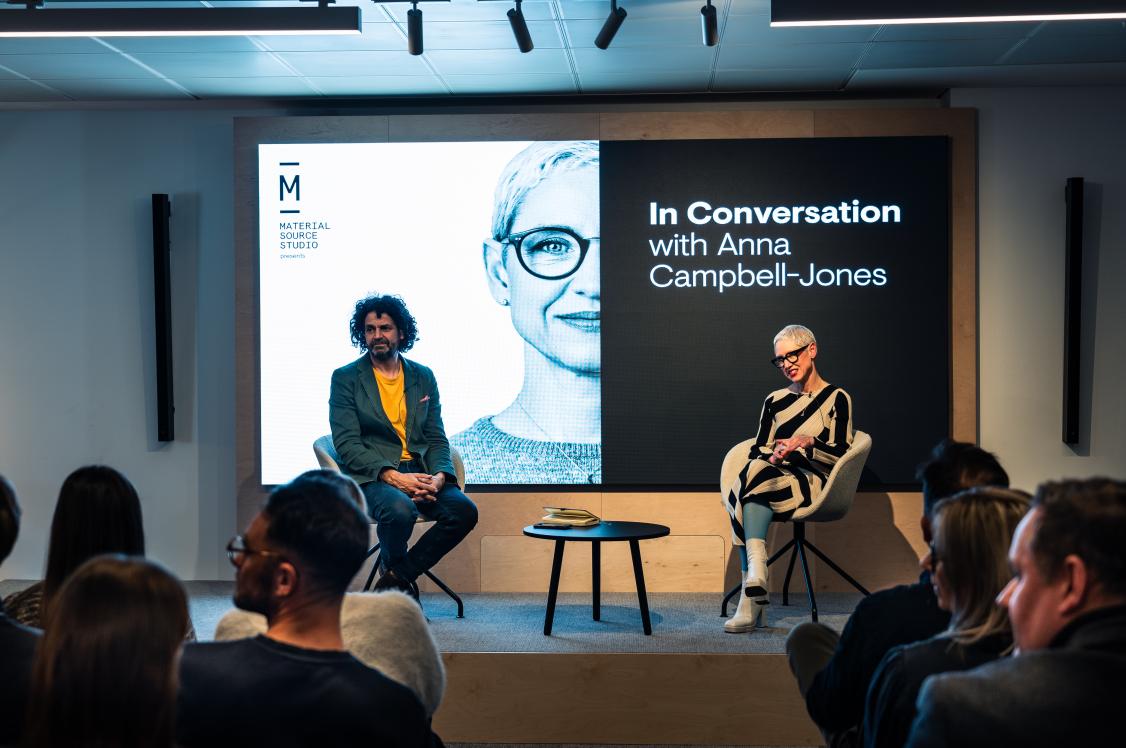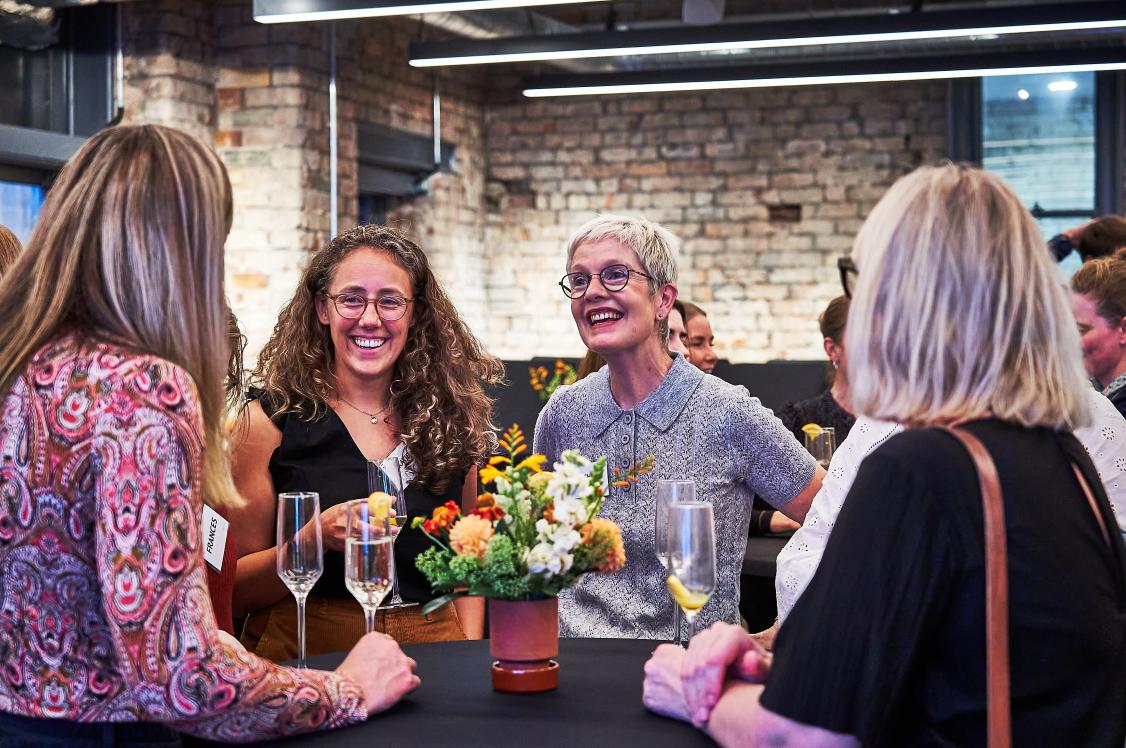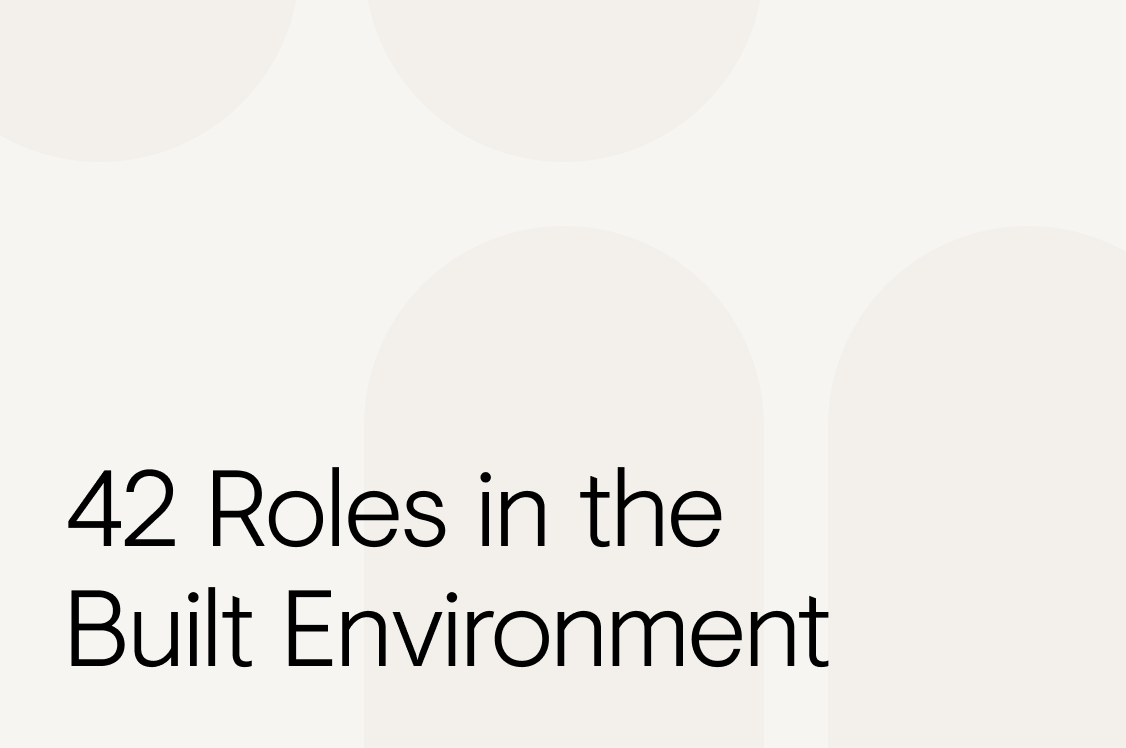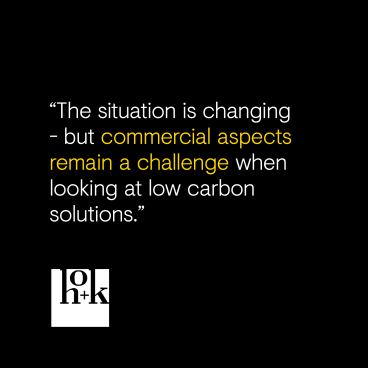Carbon-12: Gensler.
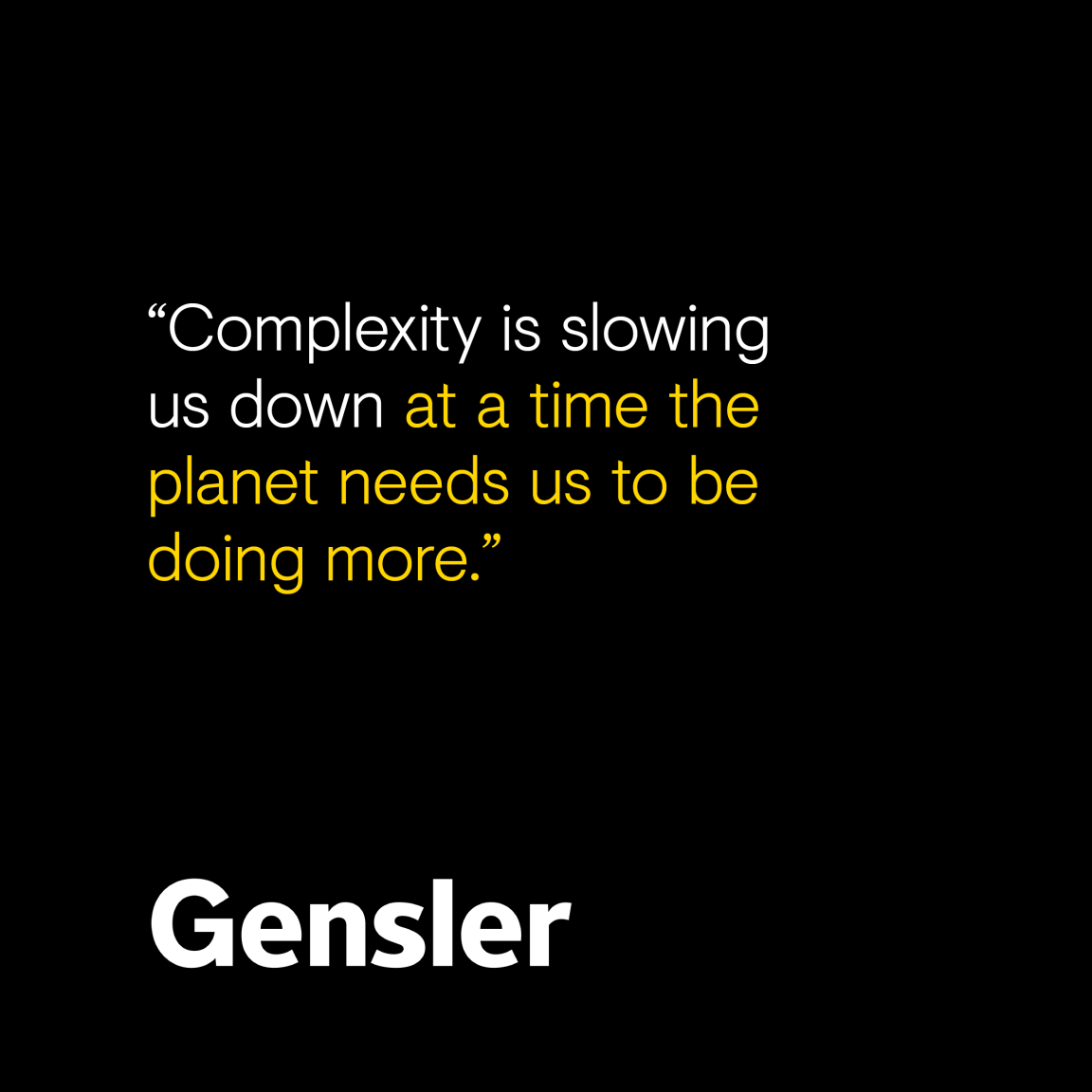
Gensler is a global architecture, design, and planning firm with 57 locations across Asia, Europe, Australia, the Middle East, and the Americas.
Dedicated to creating a better world through the power of design, sustainability has long been on the agenda.
This is demonstrated in the practice's willingness to seek out and embrace new materials such as bio-based, circular solutions. After launching our own From the Ground Up exhibition of bio and by-product based innovations, Gensler Europe loaned the installation as inspiration for its own teams. This was accompanied by a talk to further the conversation around sector adoption of such material alternatives.
With all of this said, plus the countless initiatives the firm undertakes, Juliette Morgan, ESG consultancy director, principal at Gensler is a fantastic advocate for more environmentally conscious practise, and so when compiling our interviews for Carbon-12, we were keen to chat more specifically about how the global firm is tackling emissions in its internal and project work.
What's your role in terms of sustainability?
"I co-lead the Global Climate Action and Sustainability Practise. I’m a principal and director of ESG consulting. My work is on client projects globally from cities to strategies, and I have a coordination role with our internal initiatives to reduce carbon, educate, research and report."
What is Gensler's stance on lowering carbon?
"We aim to be net zero on projects by 2030. Our focus has been on decarbonising materials through the development of GPS (Gensler Product Standards) where we keep a list of approved materials for specification where they have robust enough EPDs and EUIs. We work with suppliers to improve products to get them adopted into the GPS.
"We also encourage an LCA on every project, and where that isn’t available, we have developed a modelling tool for calculating carbon on projects. This works for new build or retrofit in any country and is a massing engine that takes into account materials, orientation, microclimate, use mix etc.
"We note that as an industry we can get ‘carbon tunnel vision’, so try to expand our thinking to resilience, regenerative design, improving biodiversity, habitat, net gain, ecosystem carrying capacity, and all the stringencies you’d expect around energy, waste, water, circularity etc.
"We design all over the world and so follow international standards on decarbonisation and encourage our clients to reach net zero and beyond."
Is there a desire from clients to be 'more sustainable' - or is the drive internal?
"It’s both. Some clients compete on the grounds of their sustainability, others are motivated by green finance or to meet their reporting obligations. Occupiers are seeking the highest quality buildings from a sustainability perspective – often focussing on operational net zero but increasingly interested in WLCA or embodied carbon.
"The internal drive is to create a better world through the power of design."
"Our people want to work on meaningful projects and to know they’ve done all they can to reduce impact and to be a net positive contributor where that is possible."
How will the UK Net Zero Carbon Buildings Standard aid/challenge you?
"We really welcome the cross-industry work that has been done to bring alignment of standards which we think has culminated in one of the most robust standards in the world. We appreciate the continued focus on staying 1.5 degree aligned, despite scientific evidence that we have passed 1.5 degrees.
"It remains more important than ever to strive to keep this target – but it will be challenging to meet it. Currently, it is a standard and not a certification but will help reduce the noise around when net zero is really net zero.
"It is requiring more internal education around the new standards so ensuring we have technical talent who understand the target and can help design teams achieve it is part of the challenge right now."
Can you tell us about some of the low carbon projects you've worked on/are working on?
"We worked on 10 Gresham St, aiming for BREEAM Outstanding, and conducted LCA and communications strategies for its sustainability accreditations. Being embedded with the design teams across the process drives performance and we were able to achieve 67% reduction on embodied carbon against RIBA’s 2030 target, and 72% operational carbon reduction over the lifecycle. Through prioritising retrofit, natural materials and infill, we have achieved a very efficient building.
"We are also working on city level guidelines to deliver net zero cities and districts on projects outside of the UK. Our team of climate action specialists are located across the globe, and we work interchangeably on projects, ranging from alignment to EU taxonomy to certification and LCA, strategies and decarbonising portfolios."
What's your hope for the future?
"That we strive for beyond net zero and take a more regenerative approach to design. Standards, tools, certifications and processes are good for decarbonising and holding ourselves to account. They do not (yet) help us take a systems approach to reducing our impact. The climate crisis is with us, and we need to ensure we are focusing on resilience, regeneration and decarbonisation at the same time.
"We welcome the effort that has gone into simplifying the Standard as complexity is slowing us down at a time the planet needs us to be doing more."
Gensler shares its views as part of the Carbon-12 installation at Material Source Studio Manchester & Glasgow. Visit the Studios to see it in-situ. No booking required.






